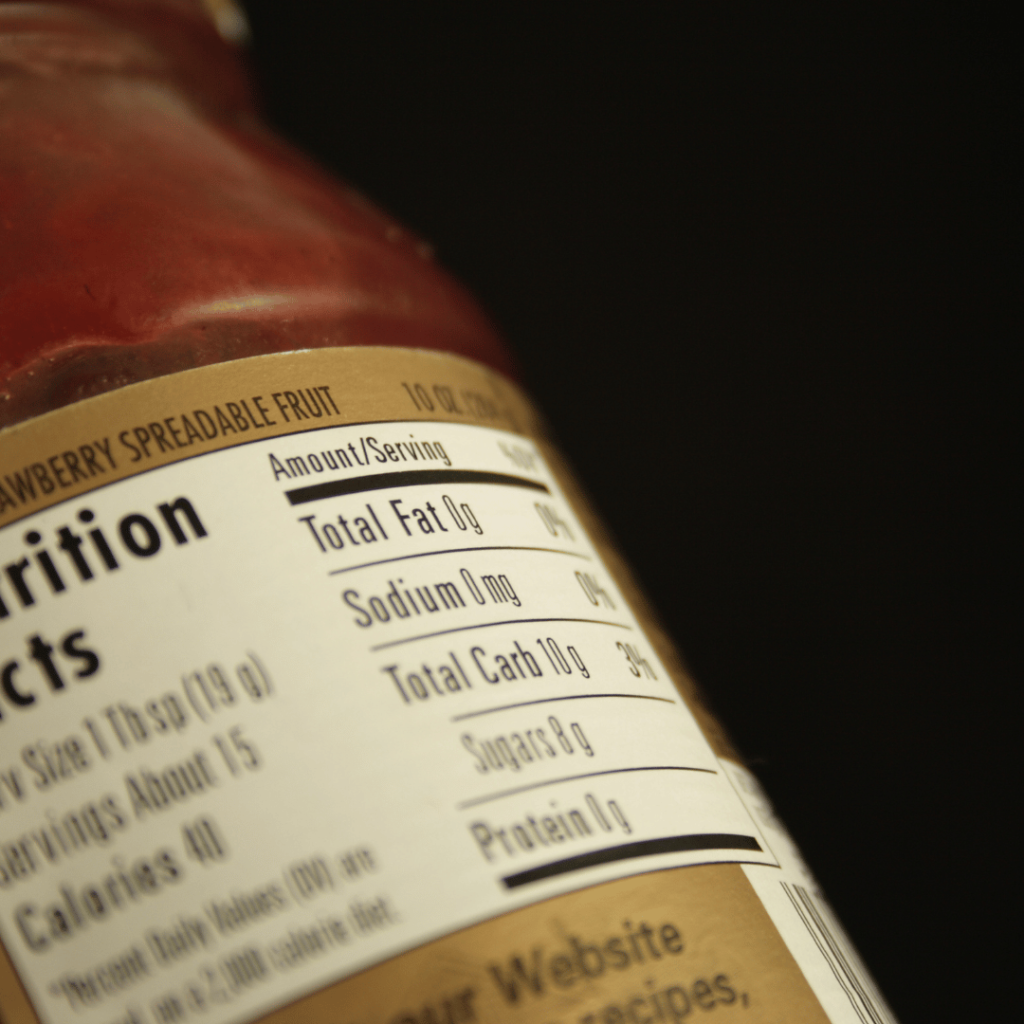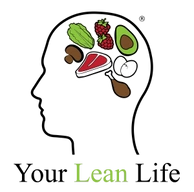Reading food labels can provide crucial information about the nutritional content of the foods you consume. This is incredibly important when it comes to losing weight, and nourishing your body with the contents it needs. Understanding the nutritional content helps you make informed decisions about what you eat and how it fits into your overall diet. Labels also provide serving sizes, assisting in controlling portions to prevent overeating and can limit calorie intake. Since reading food labels is so beneficial to losing weight, it’s ideal to know how to do it properly. Here are some helpful ways to decipher and utilize food labels to be more aware of your nutrition:

Read Ingredient List
The first thing you’ll want to do is to take a look at the list of ingredients. A good thing to consider is that the ingredients will be measured in weight, being listed from biggest to smallest. Understanding this will give you an idea of what makes up the majority of the food. The ingredients that fall towards the bottom of the list will be added in smaller proportions, but doesn’t always mean the ingredients are insignificant. For example, when eating whole foods, you want to be getting an appropriate amount of sodium. This is why you should avoid ignoring smaller measurements just because they sit towards the bottom of the list.
Serving Information
The serving size on a food label is a critical piece of information as it determines the nutritional values for that specific portion. It’s important to remember that the manufacturer lists serving size not as a recommendation, but as much as what people typically consume in one sitting. Pay attention to the serving size, as it can be an easy way to consume double the amount of calories than you’re aware of. Some food items can appear healthy based on calorie count, but are actually more caloric based on serving size. Understanding and being mindful of serving sizes can significantly impact your nutritional intake, aiding in better portion control and informed food choices. Always consider the serving size and adjust according to your own dietary needs and habits.

Reading a food label properly can be confusing, which is how manufacturers want it to be. Creating appetizing and delicious looking snacks is their main strategy, so accentuating the lack of nutritional values isn’t ideal. This part is entirely up to you and is your responsibility, so be aware of what you put into your body by taking a look at that label! Interested in learning more about how to read nutrition labels? Our professionals are ready to assist. Contact Your Lean Life today!



